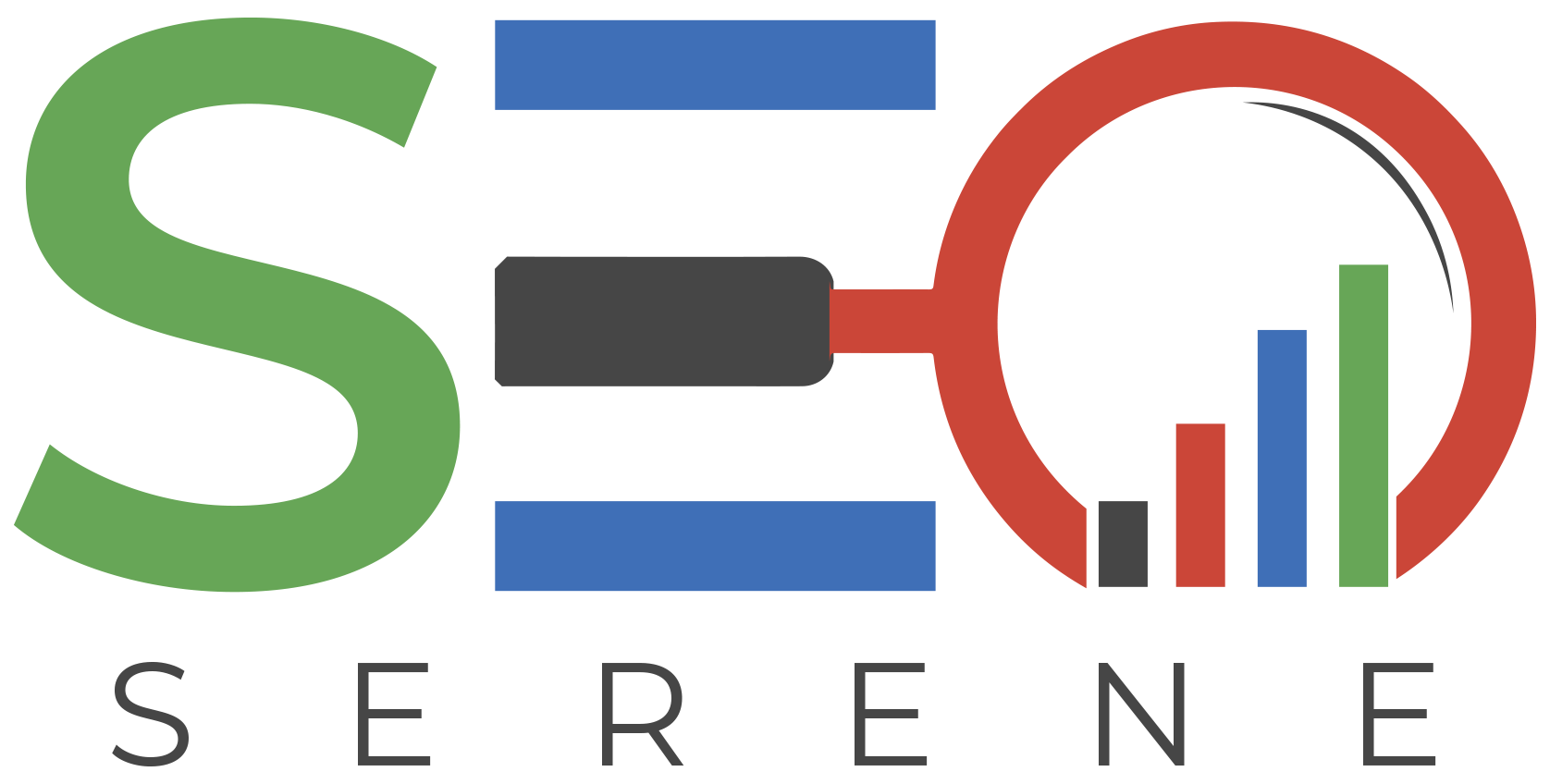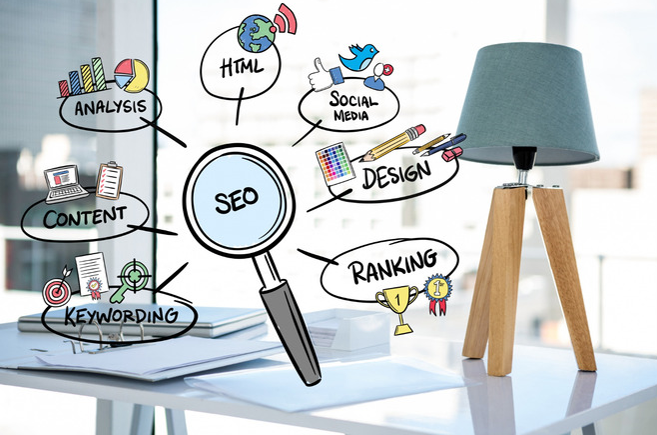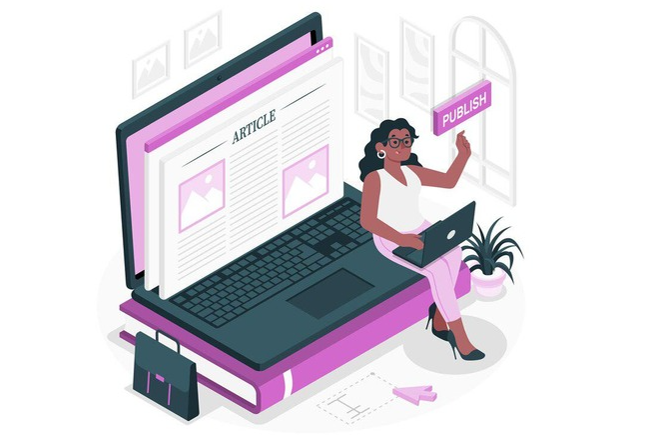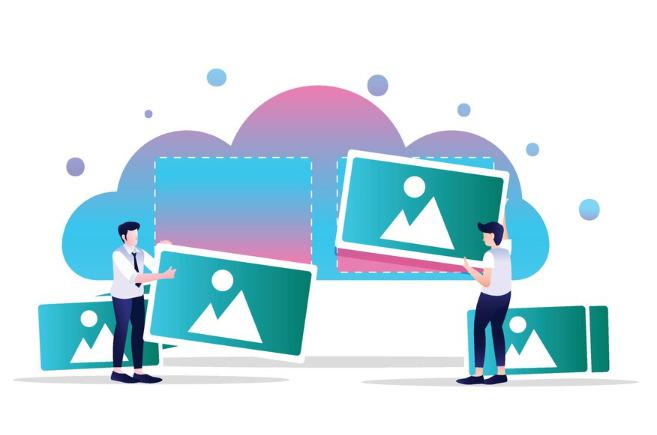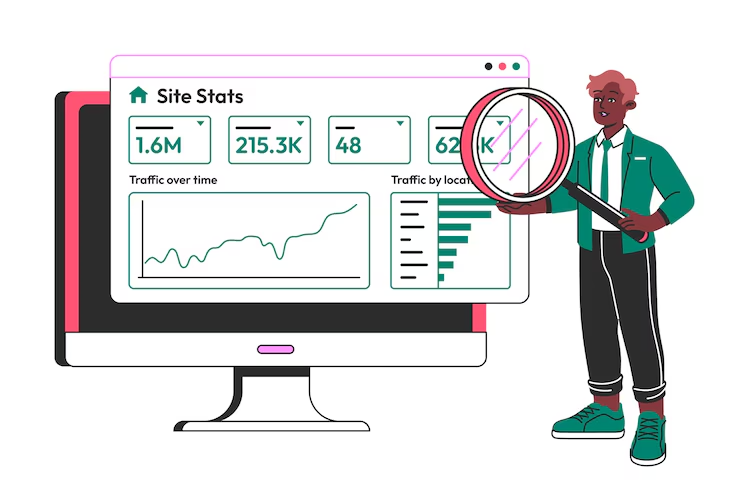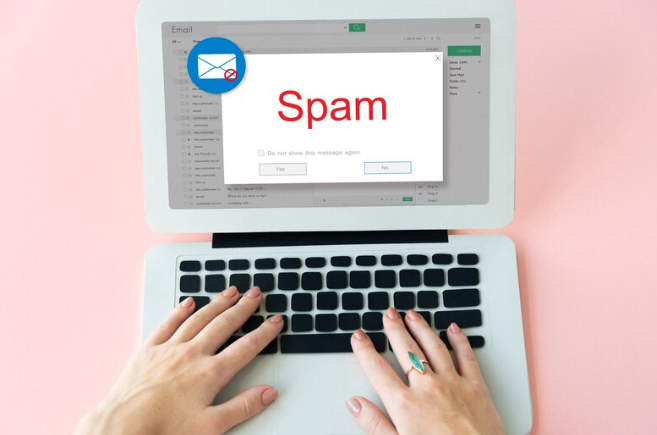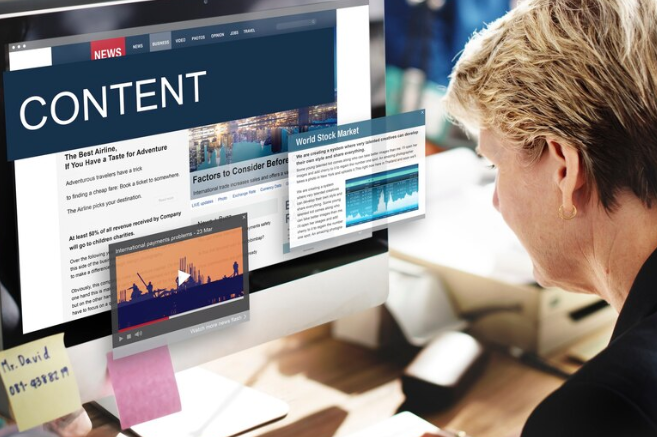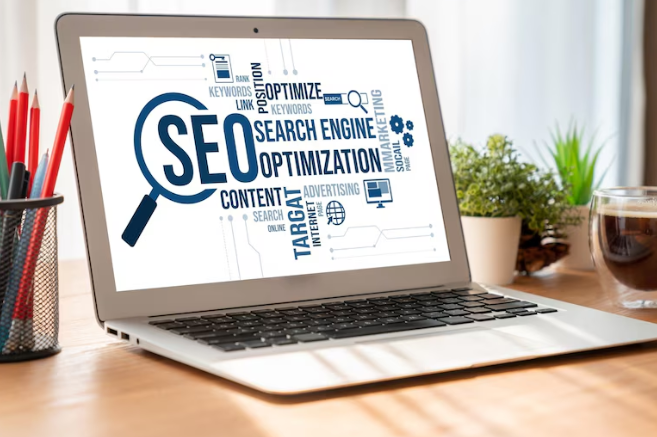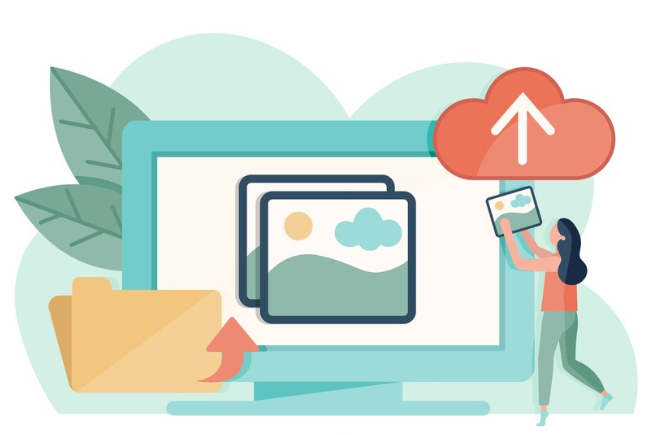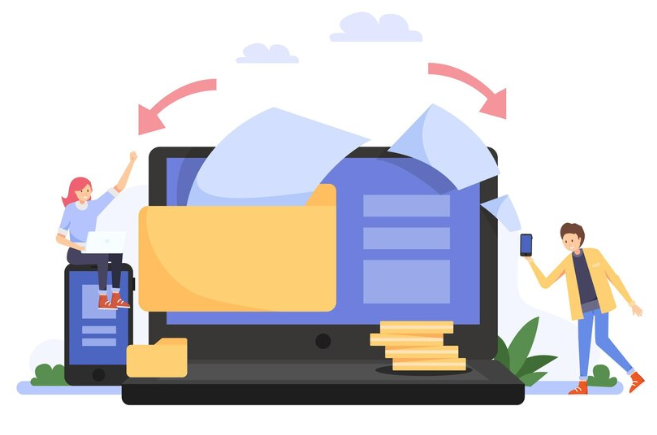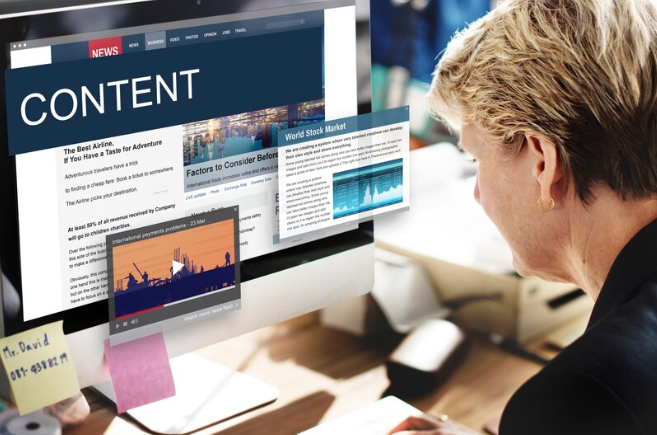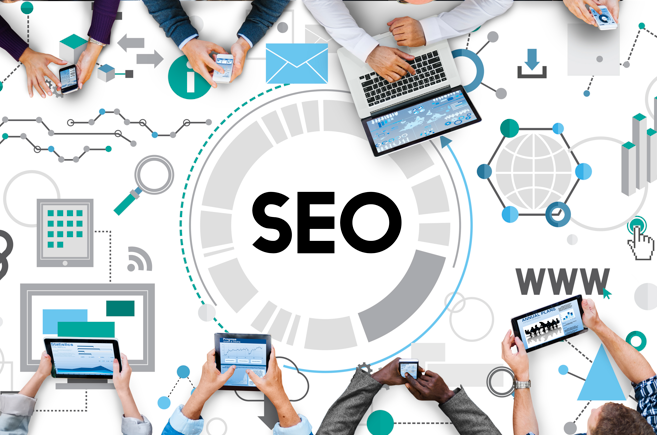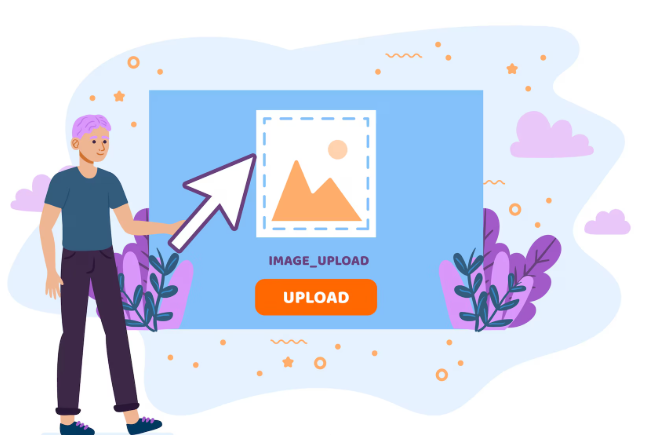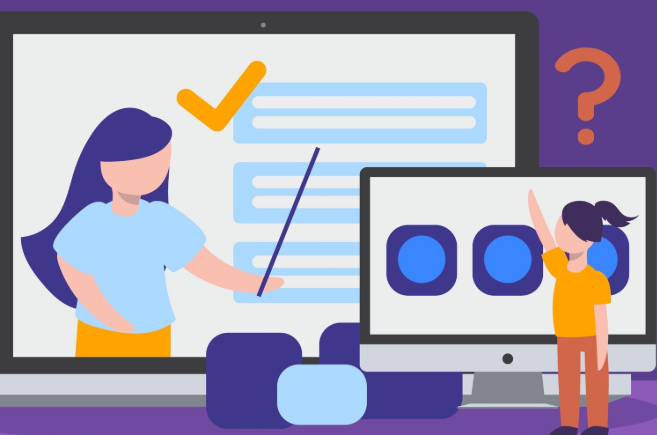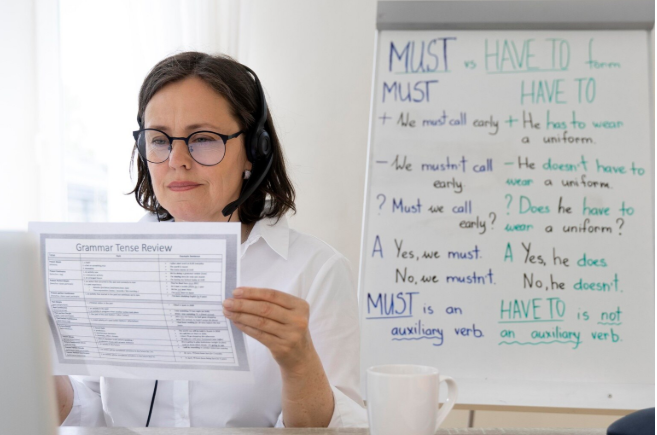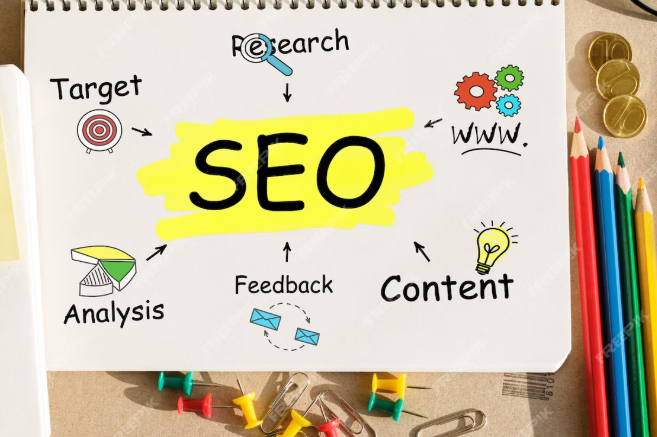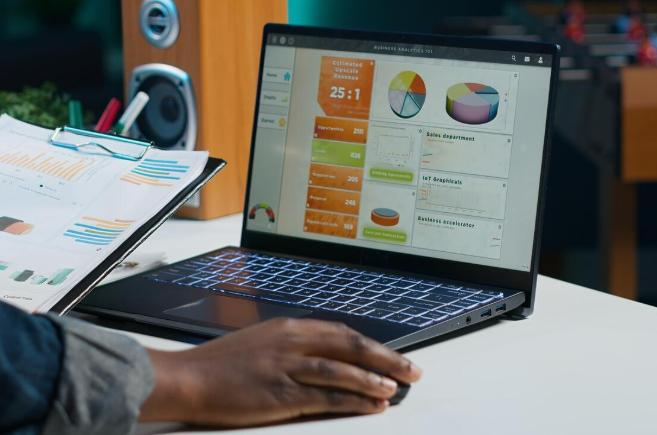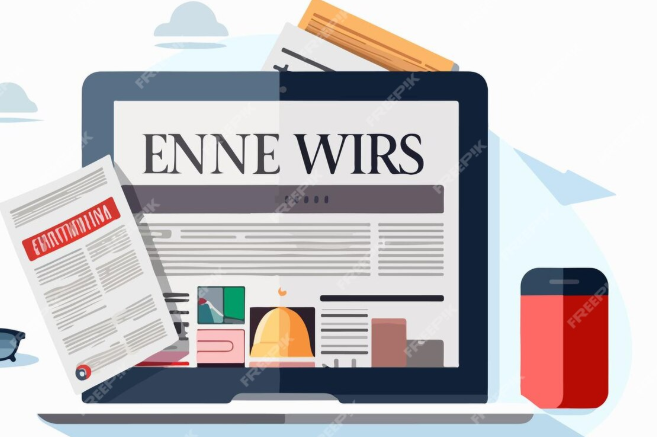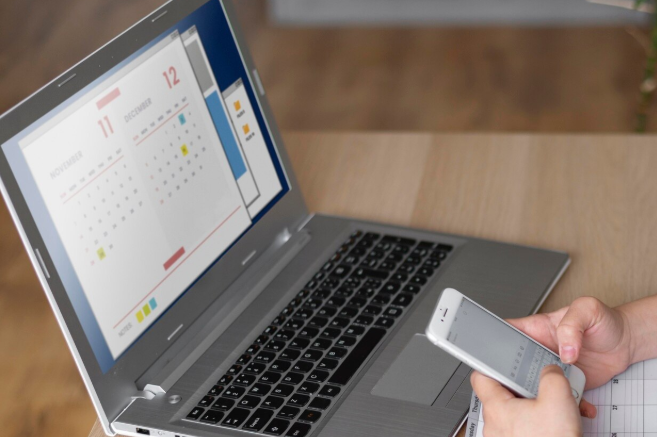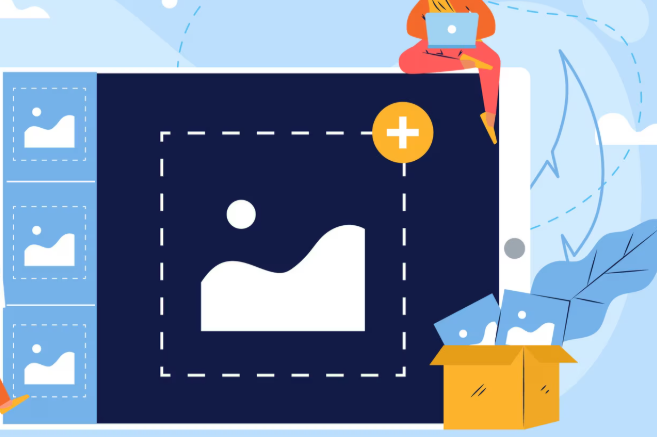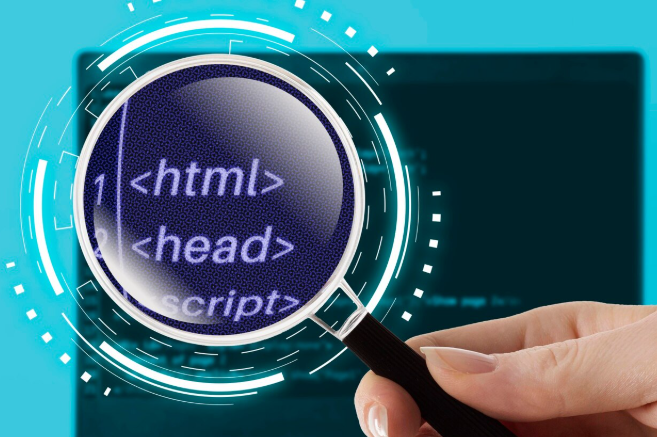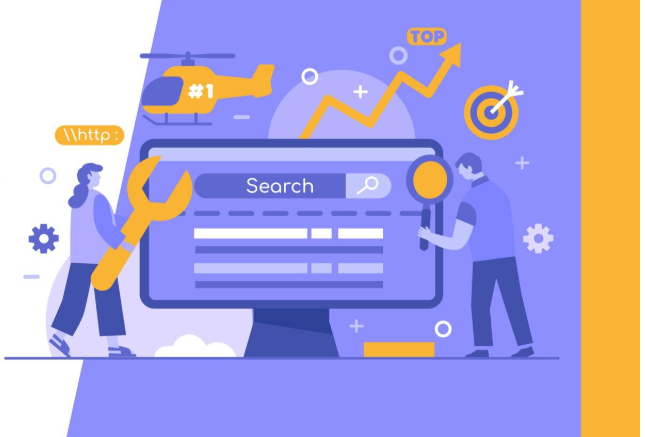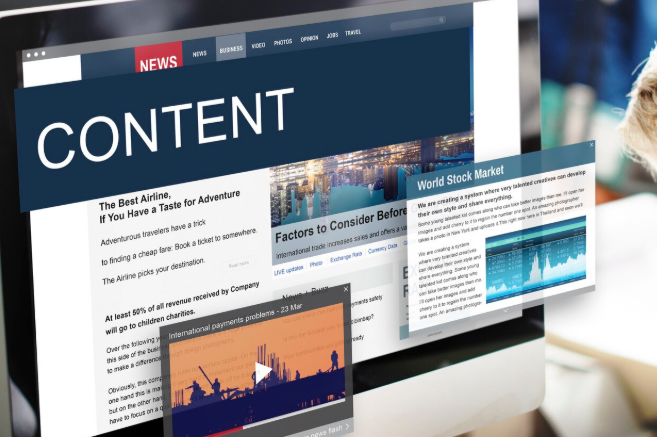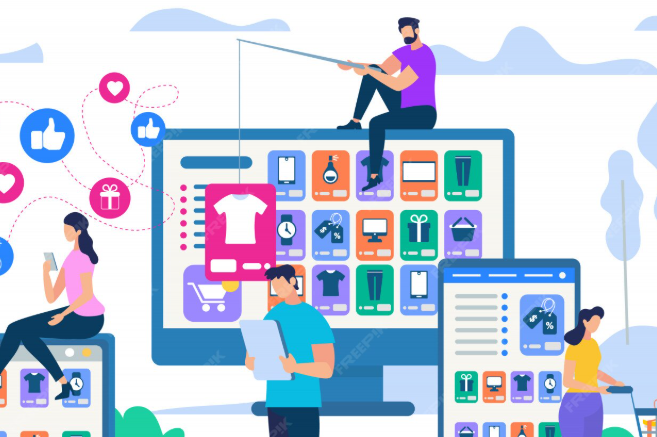The use of images has a tremendous impact on your website's performance. A fast-loading, visually appealing site keeps users engaged and gets favored by search engines. That’s why having a reliable image size converter matters. At SEO Serene, we’ve developed a simple yet powerful tool that helps you shrink image size while maintaining quality, ensuring your pages load quickly and look great.
Let’s dive into why image optimization matters, how our image resizer works, and best practices for image-based SEO success.
Why Optimize Images? The SEO Benefits
Unoptimized large images are one of the most common impediments to a website loading properly. Google doesn't like slow sites, particularly since mobile plays such a vital role, and a recommended 0.5-second image load delay can significantly impact your search ranking. The three most common reasons to optimize your images to shrink image size for performance on the web:
- Loading speeds: When web pages load quickly, users have a better experience and are less likely to abandon your site.
- Appropriate mobile: When sizing images appropriately for a mobile device (phone or tablet), the mobile experience is typically improved.
- Google's browser-based Core Web Vitals scores: For example, Google measures the Largest Contentful Paint (LCP) timeframe for pages that use large images, which can negatively impact people's LCP metrics.
- Improved SEO rankings: Google can better rank pages and images when images are optimized
Using an image size converter can significantly help with the extra work of optimizing image sizes to enhance site performance and search engine results.
What Makes SEO Serene’s Image Size Converter Special?
We built our photo resizer tool for ease of use and, more importantly, intelligent optimization:
- Simply upload your image (JPG, PNG, WebP)
- Select dimensions or file size for a resize
- Download an optimized image with zero loss in quality
Behind the curtains, our tool intelligently maintains the original aspect ratio to prevent any stretching or distortion of your images, while optimizing and shrinking size intelligently. You can maintain image quality and speed while also reduce image size.
Choosing the Right Format: JPG, PNG, WebP, or AVIF?
Image format impacts quality and loading speed. Here are a few key pointers to keep in focus:
- JPG- Great for photos, smaller size, works in most browsers
- PNG- Good for graphics needing transparency, but bigger
- WebP- A Newer format that balances quality and size and is suitable for most web images
- AVIF- Good compression with good visual quality; browser support is still growing
SEO Serene's converter supports JPSelect, WebP, and AVIF. Consider these formats that strike a balance between performance and compatibility.
Compression Best Practices: Don’t Overdo It
Compression, when applied to an acceptable level, reduces the file size while maintaining image quality intact. Just as with lossy compression on other media, you want to maximize the size (while monitoring the file size) without introducing artifacts, while also being careful not to degrade the image quality unnaturally.
- Keep master copies of your original images so you can always go back to them.
- Don't compress images that contain textual elements or logos; use PNG or a slightly optimized JPG file instead.
SEO Serene performs significant optimization of file compression to ensure an optimal file size while maintaining visually appealing image quality.
Advanced Tips: Batch Processing and Automation
Need to optimize multiple images fast? Try these:
- Use SEO Serene’s bulk converter for batch processing
- Maintain aspect ratio locks to prevent distortion
- Combine resizing and compression in one step for efficiency
These workflows make image optimization scalable and manageable.
Beyond Size: Image SEO Essentials
Optimized images aren’t just smaller—they’re smarter. Follow these SEO best practices:
- Descriptive file names: “image-size-converter”
- Relevant alt text: Helps screen readers and boosts SEO
- Responsive images: Use for different sizes to load images
- Use HTML img tags so Google indexes them properly
- Include images in your sitemap for visibility
SEO Serene supports all these optimizations, helping you improve your image and page rankings.
How to Use SEO Serene’s Image Size Converter?
- Upload your file—JPG, PNG, WebP, or AVIF.
- Choose either pixel dimensions or target file size.
- Download your optimized image.
- Upload it to your CMspeeds to enjoy improved SEO page speed and SEO gains.
When to Resize vs. Compress
- Resize first to the exact display size needed.
- After that, reduce the images to compress their file size without compromising quality.
- Finally, implement SEO best practices (alt text, filenames, etc.)
This two-step workflow ensures optimal balance between speed and image quality.
Final Take
A fast, optimized site reduces user experience, learns bounce rates, and gains favor with search engines. SEO Serene’s image size converter and image resizer make image optimization effortless, enabling you to shrink image size quickly, efficiently, and carefully.
Maximize performance, enhance visuals, and see your SEO results shine.
Get Started Today!
- Try our tool for free—no signup is required.
- Upload your images and shrink the image size instantly
- Optimize for page speed and SEO
- Join thousands improving their websites with SEO Serene
Need help or want a full audit? Contact our team at SEO Serene, and let’s optimize your visuals for peak performance.
FAQs:
Q: W is an image resizer?
A: An image resizer adjusts physical dimensions (pixels) and compresses images to achieve smaller file sizes.
Q: How is "reduce image size" different?
A: It can mean shrinking dimensions and using compression to decrease file weight, without losing quality.
Q: Do I need WebP or AVIF?
A: Use WebP for most web needs. AVIF offers even better compression but isn’t as widely supported yet.
Q: Can I convert a JPG to PNG?
A: Yes—PNG is lossless and better for logos/text. But JPG is lighter for photographs. The converter supports both.
